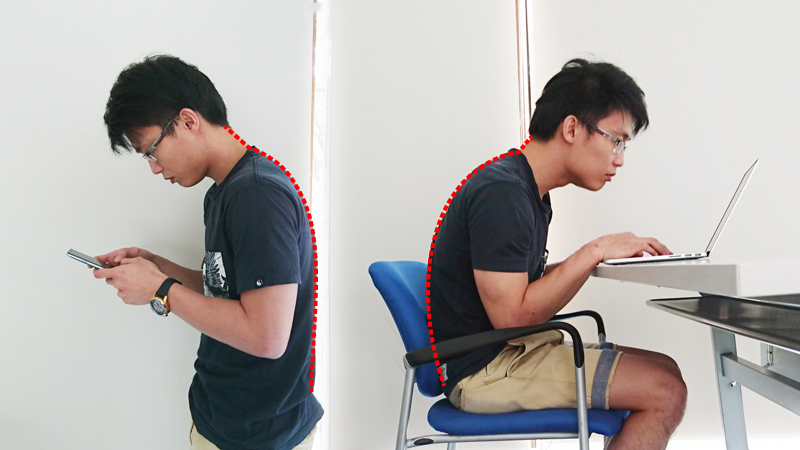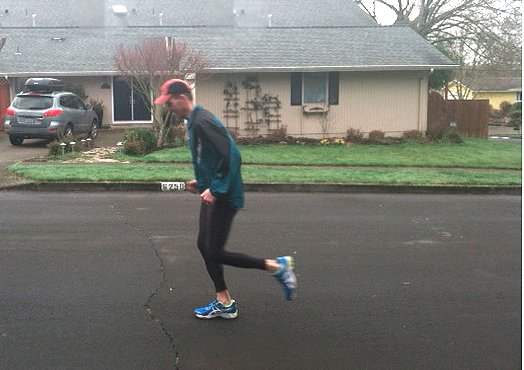Posterior Chain
What it Is, Why It’s Important and How to Find It
What It Is:
The posterior chain describes muscles, tendons, ligaments that cross the posterior, or back part of the body.
The posterior chain contains the largest, most powerful muscles – hamstrings, gluteal muscles, lats, calves, lower traps, rear deltoid.
Why It’s Important:
Makes you more stable to balance a front or downward load. Keeps you from falling forward while carrying something and drives you upward from the floor.
As we spend much time in sitting, the posterior chain is essential to ensure good posture. These muscles can become less responsive without activation.
The posterior chain especially helps to prevent knee, back and shoulder pain.
Let’s Face It (literally!)
Life these days is in front of us. We sit at our desks, drive our cars and move through the world in a forward direction. Even at the gym, we tend to work those “mirror muscles,” the ones we can see, like biceps, chest muscles and quads. We know we need strong quads to climb those hills and we read somewhere that hip flexors are important and ankle lifts might help our shin splints. All those anterior (in front of us) activities and exercises can lead to an imbalance, seen from the rest of the world as this:


Why Does It Matter?
Runners, walkers and other athletes will benefit from a healthy inclusion of posterior chain (or back of the body) exercises to improve their overall performance and to reduce injuries. Posterior chain muscles in running work to balance the anterior chain muscles through support and control of movement. Furthermore, back-of-the-body hip and torso muscles play an important role in stability when standing on one leg, which is, after all, occurring thousands of times every-time we run or walk. This one legged balance and stability plays an important role in preventing knee and lower leg injuries:
In 1997, researchers in Toronto did a landmark study of 415 injured runners. Regardless of their lower body injuries – shin splints, patellar tendinitis, kneecap pain, etc, they were given only 4 hip exercises. 85% of them experienced complete resolution of their symptoms!
How to Find the Posterior Chain:
No muscle in the posterior chain works alone; these muscles are designed to work together as a team. That being said, working the muscles alone (or “in isolation”) helps your body learn how to activate them.
Here are four exercises that are effective for posterior chain activation/strengthening. Remember, that the key is posterior chain work, so if you feel these exercises mostly in your quads or shins or front of your hips, you might need some help establishing good form. A PT or a fitness professional can help you.
Access your exercises!
http://advantagerehab.medbridgego.com
Access Code: TBNAQP2C
How can you work to include these muscles in your workouts? First, learn good squat and deadlift form. Squats and deadlifts are great “big bang for your buck” exercises because they incorporate multiple muscle groups working together for functional stability. Here, Lucas explains proper squat form. Note especially that hips move first and the control and drive come through the full foot (especially the back) and not through the toes.
http://www.physicaltherapywyoming.com/the-dreaded-squat/
Have someone video your squat. If you have a hard time getting your form to look like this:

seek out help from a physical therapist or a fitness professional to learn the proper form.
Personally, I am amazed at how running has become much less of an effort since I started training my posterior chain. My joints now have twice as many “muscle friends” to keep them from getting injured. My aging self is less sore after a run and I have better endurance. So, remember to work behind – in order to move forward!